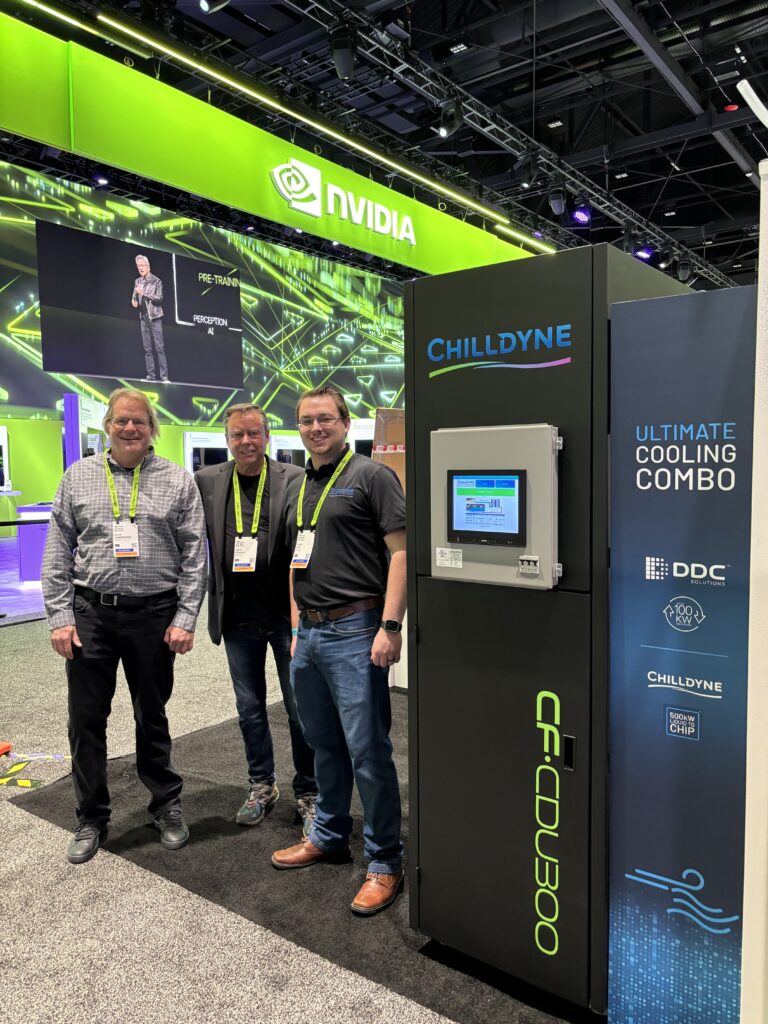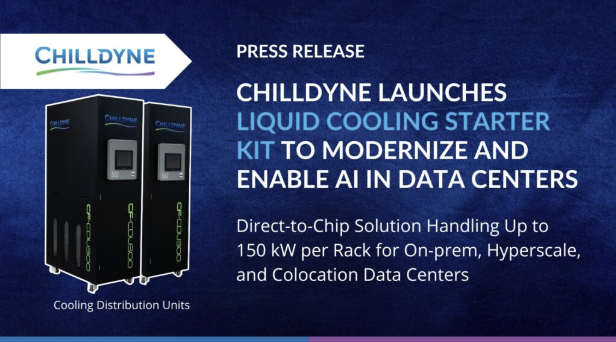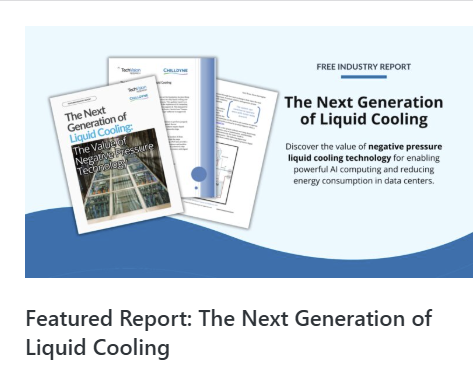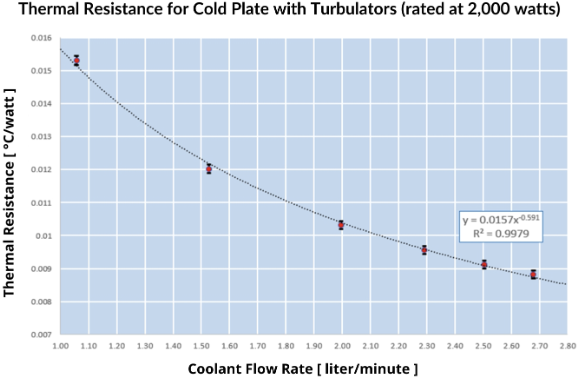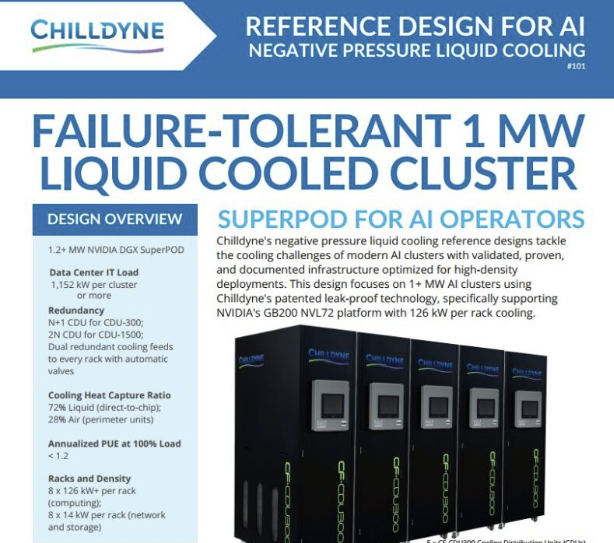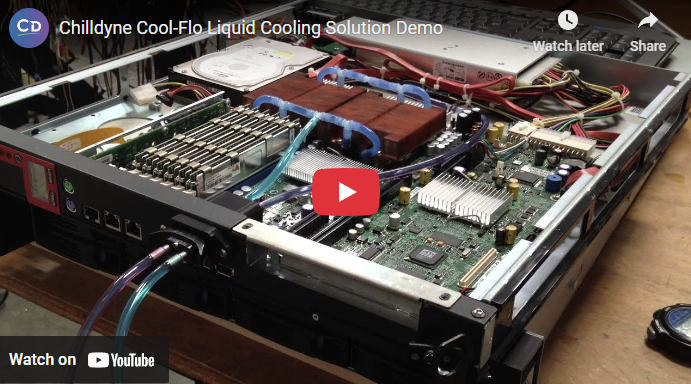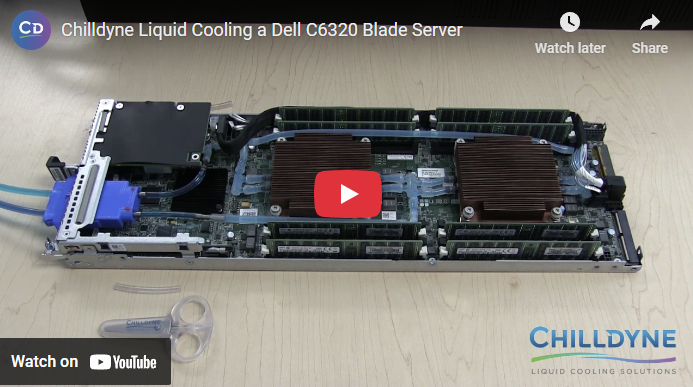We are here at NVIDIA GTC 2025! Join us to see it all in action!
We are here at NVIDIA GTC 2025! Join us to see it all in action with a live demo of a CDU! 📍 Booth 1136 – Experience the only live demo of a CDU at the show as we showcase the 600kW Air & Liquid-to-Chip Cooling Solution – a 🚀breakthrough joint innovation from DDC Solutions […]
We are here at NVIDIA GTC 2025! Join us to see it all in action! Read More »

